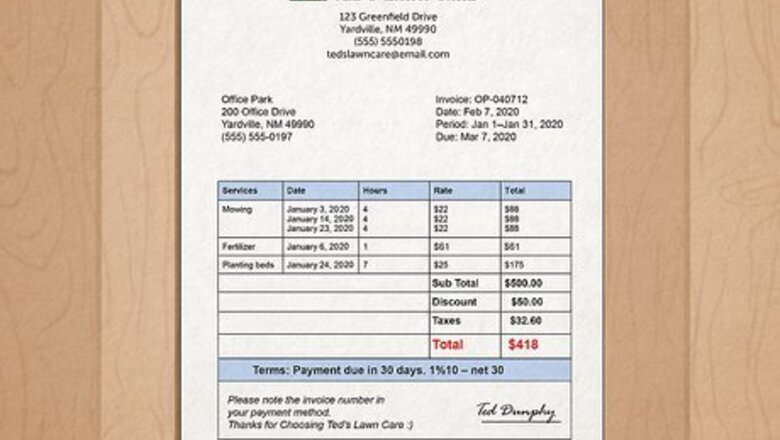
views
X
Research source
For example, if you are a landscaper and added shrubs or plants to a client's front lawn, you would give your client a bill for your service in order to receive payment.
Choosing a Format
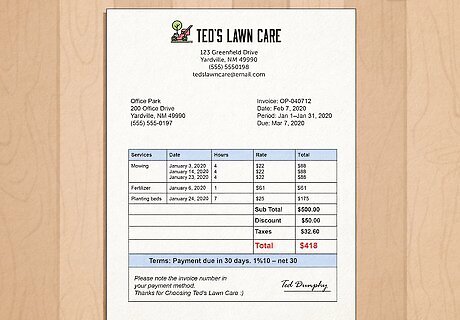
Create a professional invoice. If you write bills for payment often, you may want to create an invoice template you can modify each time you send a new one to a client. This is especially useful for contractors or other people who perform ongoing services. You can create an invoice template using your favorite word processing software or by searching for a template online. An invoice includes a header with your name (or your business name), your address and phone number, and your company logo, in addition to a detailed account of services rendered, payment owed, and payment instructions. Invoices are usually created electronically, numbered, and saved to a computer. This way you always have a copy of the invoice and don't have to worry about losing a piece of paper. Be sure, however, that you also back up your files using a file storage service, such as Google Drive or Dropbox. That way, if the hard drive on your computer crashes, you still have backup copies of your invoices. Choose a numbering system that makes it easy for you to organize your records. One option is to use the current date, so "INV123116" is the invoice you prepared on December 31, 2016. If you prepare more than invoice on the same day, you can add the vendor's initials.
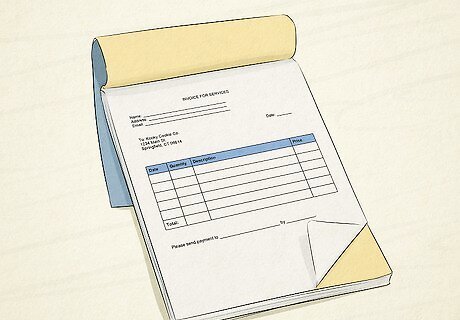
Pick up an invoice book. Invoice books are available at office supply stores. They contain forms with spaces for services rendered and payment information. Each time you need to write a bill for payment, you fill in the blanks. Invoice books are useful for people writing bills for items they have sold. For example, if you sell homemade cakes, it might be easier to write out a bill for payment instead of creating an invoice on the computer each time you make a sale. Choose an invoice book with a layer of ditto paper underneath each blank bill so that you and the customer both get a copy. You're still going to want safe storage, though. Be sure to keep your copy of the invoices in a fire-proof box.

Use an online payment system. PayPal or Square both allow you to send invoices. There is a fee for this service (2.9% + 30¢ per invoice as of January 2017), but the ease of paying electronically may lead to more reliable payments. From within your PayPal account, select the "Send & Request" menu option at the top. Then, select "Create and Manage Invoices." Finally, click on the "Create" button to create a new invoice. You'll need to know the email address of your client for the "Bill To:" section of the invoice. PayPal or Square will send the invoice to the account with that email address.

Get a dedicated invoice app. Invoice apps such as Invoice2go let you send and track invoices from your phone, and set up automatic payment reminders. Customers can pay you online using a debit or credit card.
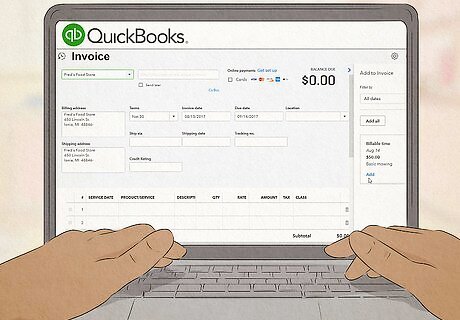
Create an invoice with your accounting software. If you use accounting software to manage your business, it may include an invoice system. QuickBooks, for example, has a user-friendly "Invoice" button on the dashboard that walks you through the process. Your clients won't have an instant payment option, but you can easily track the status of your invoices alongside the rest of your business records.
Including Basic Information

Include your company's information. Whether you make an invoice on the computer or use an invoice book, write the name of your company at the top. Include the following information about your company just below the company name: The complete address The phone number The email or any other pertinent contact information
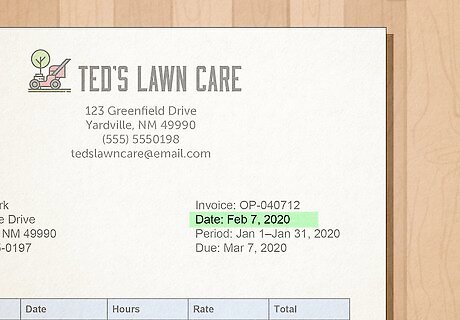
Provide the date. It's always important to you and your clients to know the date of the invoice. That's because payment is usually due within a certain number of days of the date on the invoice.
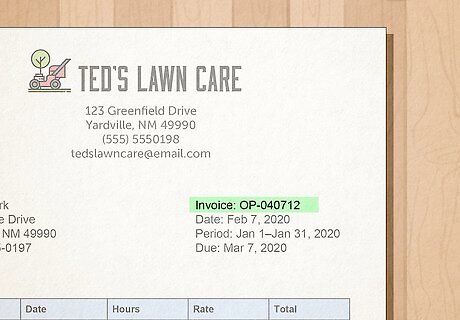
Number the invoice, if necessary. You'll number the invoice sequentially according to how many transactions you've had with the client. For example, if you've sold cakes to the same client on three different occasions, the invoice for the third sale should be #3. If you're using invoice slips that you purchased at an office supply store, the invoices will already be numbered. If you're using accounting software or PayPal, the invoice will also be automatically numbered.

Write the client's information. Include the customer or client's name or company name. If you performed services for the client as a contractor, you should also include the company address and phone number.
Writing the Specifics

Write a description of services rendered. Include all the work, services or products you provided the client. If you provided more than one service, created an itemized list. Include the following information about each item on the list: The service rendered or product sold. For example, "1 Large Sheet Cake with Floral Accents." The date the service was performed. The cost of the service. After each item has been listed, calculate the total and include the final amount owed.
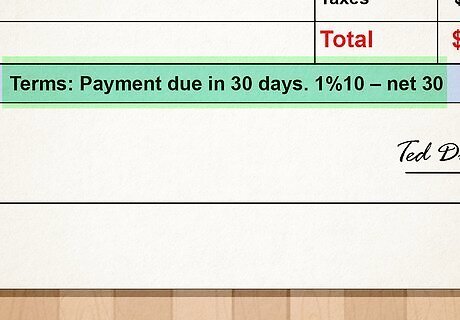
Specify payment terms. If you expect the bill to be paid by a certain date, include that information. Detail what type of payment you are willing to receive, be it cash, check, or credit card. Calculate any taxes that will be added to the cost. Look up the sales tax in your region so you can accurately calculate the amount owed.
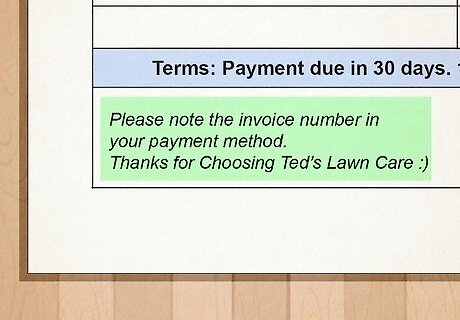
Provide additional information. At the bottom of the bill, write a description of your return policy. You can also take the opportunity to thank the client for his or her business and list other products or services you offer. Include other terms of payment; for example, inform the customer that X amount of interest will be charged after 30 days of nonpayment.




















Comments
0 comment